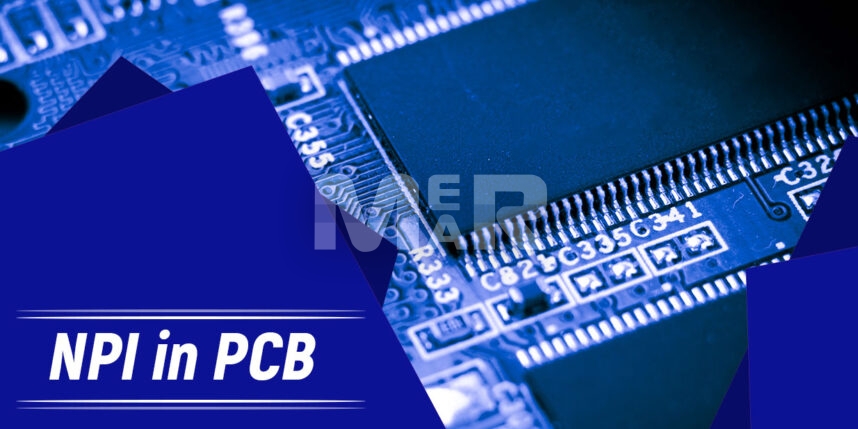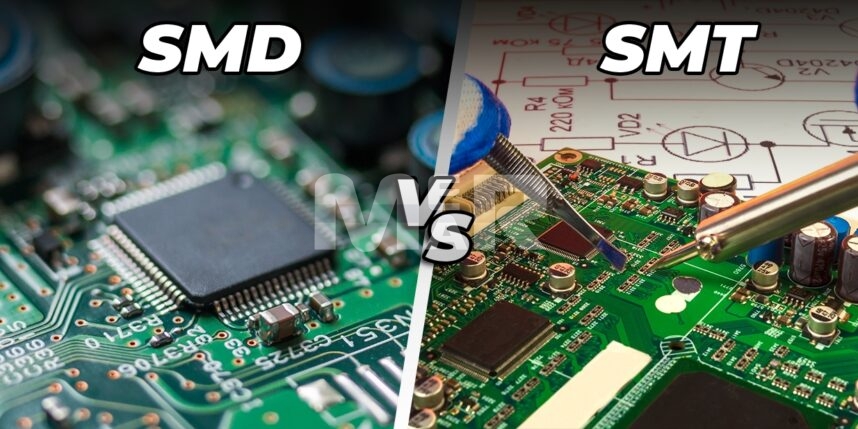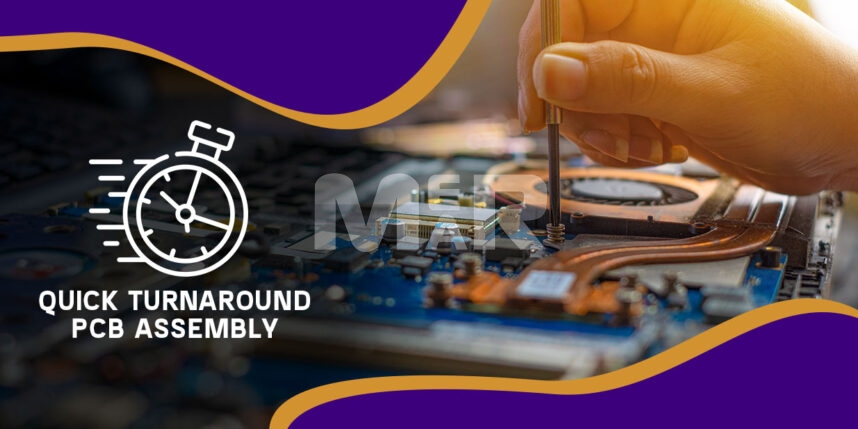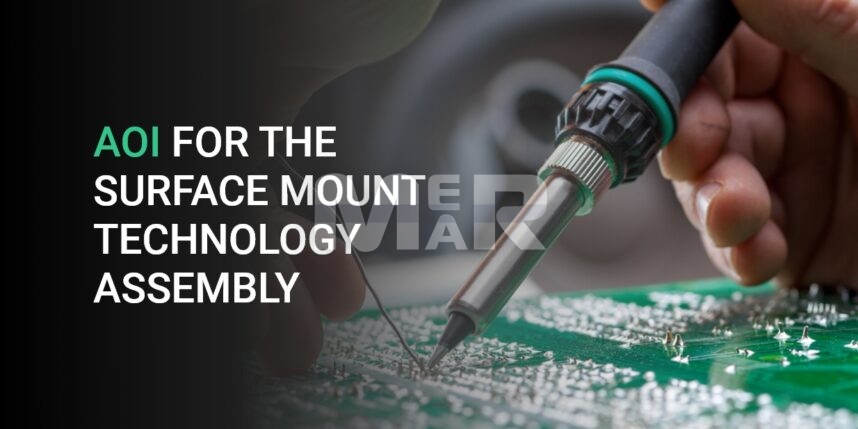The NPI in PCB Assembly Process: A Guide for Electronics Manufacturers

Introducing new products is both an exciting process, as well as one that is fraught with risk. For one, it requires collecting authentic data and having a well-organized process. It is only this kind of discipline that can ensure the introduction of repeatable, high-quality products in the market.
What really is New Product Introduction (NPI)?
New Production introduction results from a process that ensures serial production of a product. It enables the transformation of a prototype into a fully finished end product. There is continuous iteration until the end result is achieved.
PCB Assembly & New Product Introduction (NPI)
For companies dealing in PCB assembly, it is extremely important to implement the NPI process. It guarantees repeatability of the production process and helps prevent errors besides ensuring that you do not have to deal with any unexpected costs. PCB Assembly companies that use New Product Introduction as a process are therefore able to offer high-quality products to customers.
Key Benefits of New Product Introduction Assembly
Some of the advantages of New Product Introduction, include:
- Detects potential errors at the design stage and leads to improved production efficiencies.
- The many tests performed before a new product is introduced such as SPI/X-Ray inspection, RLCD examination, and verification of documentation ensures that the final product meets customer requirements.
- Since NPI involves development of a production process that follows best practices, it also ensures that any steps that aren’t of value are eliminated. That this results in time saving is a given.
- Additionally, it gives the PCB Assembly supplier full control over each phase of the process. It also offers quick time-to-market capabilities that is a priceless advantage given the competitive times.
- Streamlined processes ensure that there aren’t any last-minute revisions or changes. In turn, this results in a reduction in PCB manufacturing costs.
Steps in New Product Introduction (NPI)
The NPI process can be broken into the following steps:
- Define: This is a crucial step since it scopes the product’s functional performance. Some of the areas to be defined in this phase include:
- Primary Objectives
- Scope of the project
- Key Deliverables
- Converting product functional requirements into designs through the process of Quality Function Development.
-
Feasibility Analysis: This stage involves reviewing product design concepts and ascertaining the feasibility of success.
- Development: At the development phase DFM principles are taken into account. Some of the activities undertaken in this phase include:
- 3D Models
- Concept level Drawings
- Bill of Materials
- DFM & DFA reviews, and more.
-
Testing: Robust testing right from conceptualization to design and manufacturing phases is undertaken, so as to ascertain the strengths and weaknesses of the product.
- Implementation: This stage involves creating documentation related to the product including:
- Manuals
- Catalogues, and more.
-
Evaluation: In this phase product review is undertaken that includes analyzing customer feedback.
- Full-scale Production: The product is finally ready for full-scale production.
New Product Introduction (NPI) Best Practices
While NPI is a complex process, some of the best practices involved in the New Product Introduction Assembly include:
- Consistency – One of the aspects that ensures consistency is to assign a NPI number to the product. Automating this process ensures that there isn’t the risk of any errors that accrue on account of any manual data collection.
- Data authentication – This, of course, is a very crucial aspect of New Product Development. Ensuring availability of verified data and the right equipment eases the New Product Introduction Process.
- First batch size – It is important to determine the optimal size of the first batch of products. It doesn’t work very well to produce the entire batch in the first round.
- NPI Assembly supervision – It is extremely important for an NPI engineer to consistently supervise assembly. It is useful to document all observations during the process to be able to ensure constant improvement.
- Change of status and reporting – Detailed reports that explain the product building process including a description of all the issues that arose during the assembly phase are a must-have. The use of specialized analytical tools can ensure elimination of errors during production as well as assembly.
NPI (New Product Introduction) in PCB Assembly
In the PCB assembly field, it is extremely important to continuously monitor the NPI PCB assembly process as well as document all conclusions. This ensures that every subsequent batch’s quality keeps going up.
As a leading PCB manufacturer in the USA, Mer-Mar Electronics delivers PCB manufacturing services with specialized support, reliable testing, and multi-functional features. Our consistent quality and quick turnaround time captivate us to our customers, who look on us as a one-stop shop for all their PCB requirements. To know more contact us at sales@mermarinc.com or call us on (760) 244-6149.








